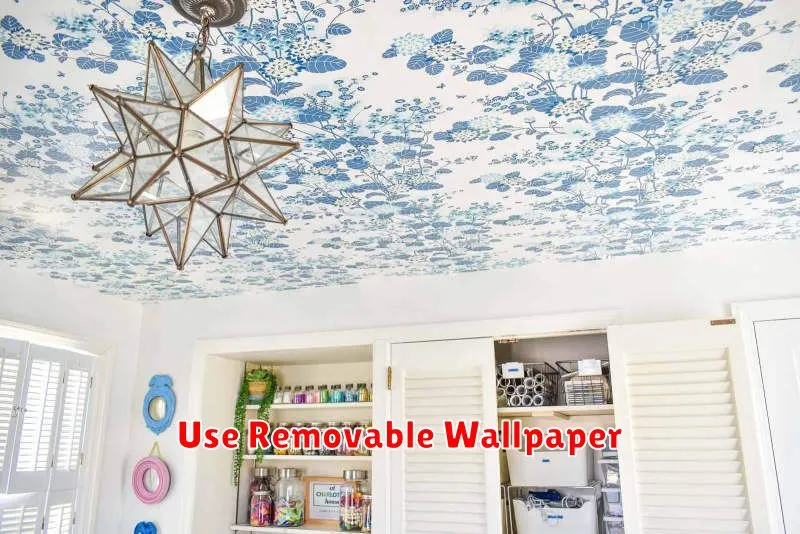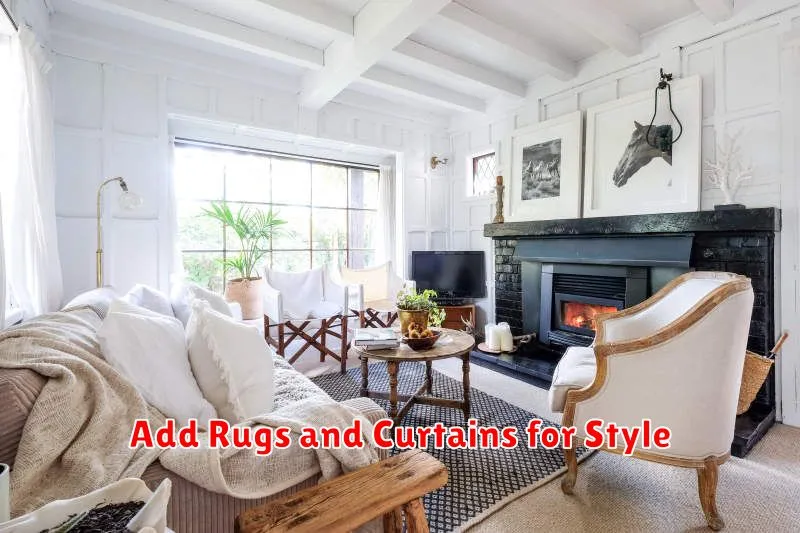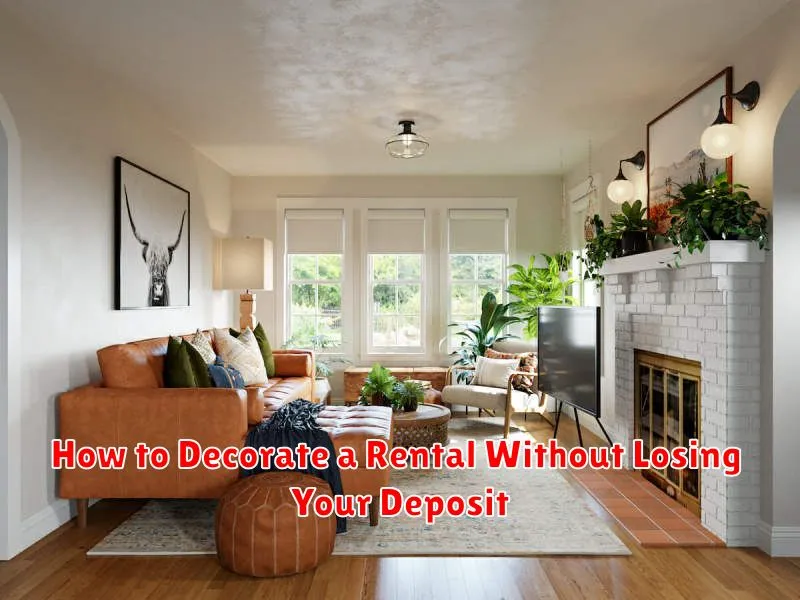Renting doesn’t mean you have to sacrifice style. Many renters believe they are stuck with bland walls and limited decorating options, fearing the loss of their security deposit. However, with a bit of planning and some clever decorating techniques, you can transform your rental into a stylish and personalized space without jeopardizing your deposit. This article will explore how to decorate a rental effectively and offer practical tips for enhancing your living space while ensuring you receive your full deposit back. Learn how to balance your desire for a beautiful home with the need to adhere to your lease agreement. From wall decor to furniture arrangement, discover how to make the most of your rental and create a space that truly feels like home.
Transforming a rental into a personalized haven is entirely possible without risking your deposit. This guide provides insightful advice on how to decorate a rental without losing your deposit, covering everything from temporary wall coverings to strategic furniture placement. Discover the secrets to maximizing your space and creating a stylish environment while respecting the terms of your lease. We’ll cover essential topics such as damage-free decorating solutions, communication with your landlord, and understanding your lease agreement, empowering you to decorate confidently and reclaim your deposit when the time comes to move. Learn how to decorate strategically, using clever techniques that not only enhance your living space but also protect your financial investment.
Use Removable Wallpaper

One of the easiest ways to add personality to a rental without damaging the walls is by using removable wallpaper. Unlike traditional wallpaper, removable wallpaper is designed to peel off easily without leaving any residue, making it perfect for temporary decorating.
There is a wide variety of removable wallpaper available, from bold patterns and textures to subtle designs and solid colors, offering something to suit every taste and style. You can use it to create an accent wall, cover a whole room, or even update furniture.
Before applying removable wallpaper, ensure the walls are clean and dry. Follow the manufacturer’s instructions carefully for the best results. When it’s time to move out, simply peel off the wallpaper, and your walls should be as good as new.
Avoid Permanent Fixtures
One of the easiest ways to lose your security deposit is by altering the property’s structure without permission. Avoid making any permanent changes, such as installing new light fixtures, replacing cabinet hardware, or adding built-in shelving. These alterations can be costly for landlords to reverse, resulting in deductions from your deposit.
Instead of permanent fixtures, consider temporary alternatives. Use adhesive hooks instead of nails for hanging pictures or decorations. Freestanding shelves and storage units offer versatility without causing damage. When it comes to lighting, explore plug-in lamps or string lights to create the desired ambiance.
If you are keen on making a specific change, communicate with your landlord. They may grant permission for certain alterations, especially if you agree to restore the property to its original condition upon moving out. Written documentation of such agreements is crucial to avoid disputes later on.
Try Non-Damaging Hooks and Strips
One of the easiest ways to personalize a rental without risking your security deposit is to utilize non-damaging hanging solutions. These products are specifically designed to adhere securely to various surfaces without leaving residue or causing damage upon removal.
Adhesive strips are perfect for lightweight items like posters, photos, and small decorations. Ensure you follow the manufacturer’s instructions for weight limits and proper application. Removable hooks are available in various sizes and strengths, offering a solution for hanging slightly heavier objects such as mirrors, wall art, or even lightweight shelves.
Consider using hook-and-loop strips for items you may want to rearrange frequently. These strips allow for easy adjustment and removal without compromising their adhesive strength.
Add Rugs and Curtains for Style

Rugs and curtains are excellent ways to inject personality and style into a rental without making permanent changes. They offer significant visual impact and can easily be removed when you move out. Choose rugs that complement your furniture and the room’s size. A rug that’s too small can make the space feel disjointed, while one that’s too large can overwhelm it. Consider using rug pads to prevent slipping and protect the flooring underneath.
Curtains can dramatically transform a room’s appearance. They add softness, control light, and provide privacy. When selecting curtains for a rental, opt for styles that fit the existing hardware or use tension rods that won’t damage the walls. Consider the length and fabric carefully. Floor-length curtains can create a sense of elegance, while shorter curtains offer a more casual feel.
Get Landlord Approval for Big Changes
Before undertaking any major renovations in your rental, securing your landlord’s approval is crucial. This protects your deposit and maintains a positive landlord-tenant relationship. Changes considered “major” often include structural alterations, painting walls with bold colors, or replacing fixtures.
Begin by submitting a written request detailing the proposed changes. Clearly outline the scope of the project, including materials, estimated costs, and a projected timeline. This provides your landlord with a comprehensive understanding of your intentions.
Be prepared to negotiate. Your landlord may have specific requirements or preferences. They might suggest alternative solutions or request that you restore the property to its original condition upon moving out. Maintaining open communication throughout the process is essential.

